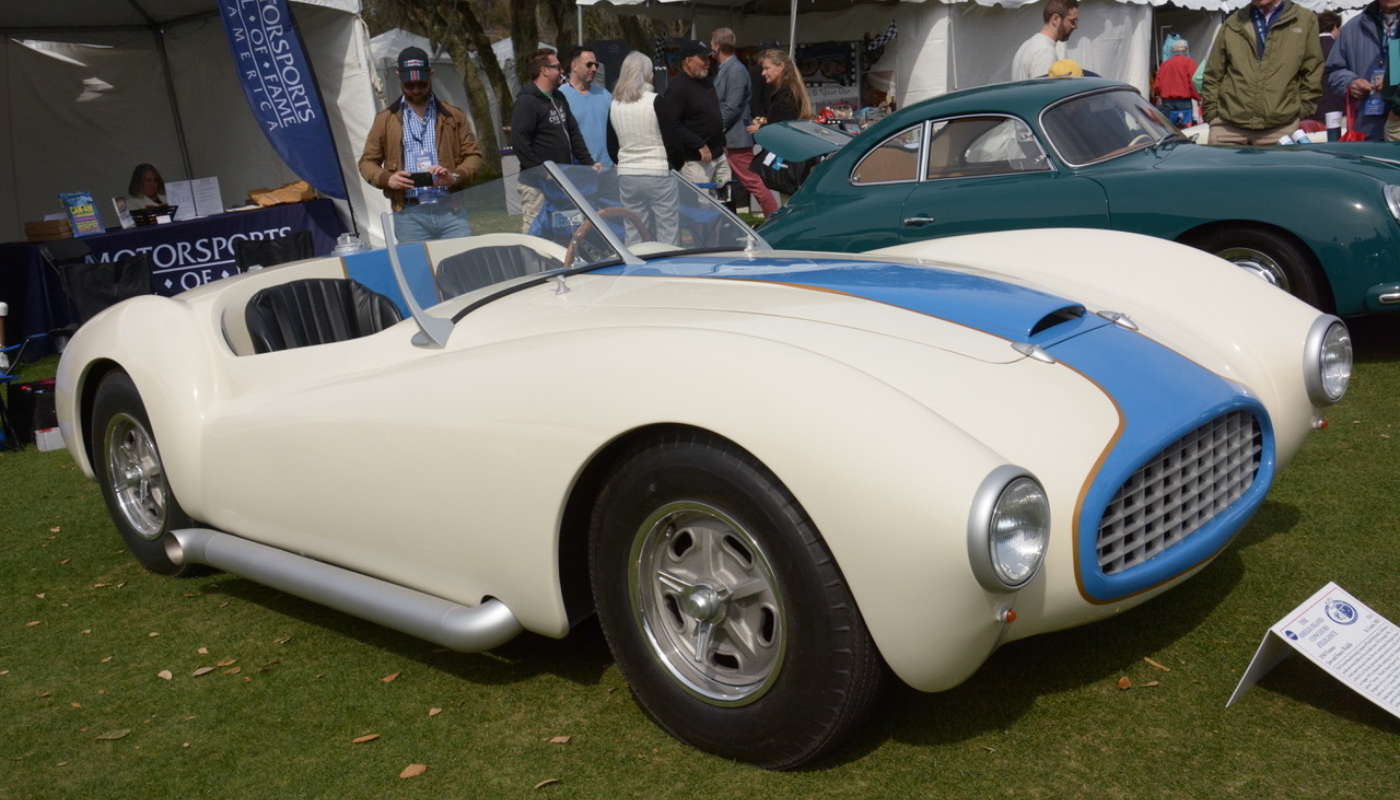
Seen at Amelia: Victress S1A
By Dean Larson
The story of the early fiberglass sport specials in America, like this Victress S1A roadster, is one of speed, opportunity and innovation. See soldiers returning from service overseas is World War II had been exposed to something we were lacking here in the States: affordable, open-cockpit sports cars with spirited performance. Sure, we had the best pre-war hot rods the world over, and our boulevard cruisers were second to none. But there were few ways to bridge the gap between the heavy mass-produced road cars and dedicated racers, predominantly only rare European imports, which were few and far between.
But returning G.I.s in the 1940s and ’50s were eager and resourceful, and secondhand Detroit iron could be found just about everywhere for cheap. So was the birth of the sports special in the United States, which blended whatever OEM components were readily available, with stripped down bodies and custom features. But a new composite material was becoming widely available, which would further revolutionize the sports special, that being fiberglass.
You can trace the earliest forms of fiberglass back to the 1880s, but it wasn’t until the 1930s that the composite started to mature into the product we recognize today. By the late ’30s, a few composite boats had been constructed, and the first fiberglass car made its appearance in 1946, but it wasn’t anything like the sexy Victress pictured here. The Stout Scarab, as it was called, was actually a fiberglass prototype, nowadays widely recognized as the first minivan. But gearheads took notice of the newly developed composite, and before the close of the decade, proper fiberglass sports specials were emerging on the custom car scene.
It’s the Glasspar G2 that’s often credited as the first fiberglass body offered in the American sports special style, and it was soon followed by the Woodill Wildfire, LaDawri Conquest and Byers SR-100. One of the early comers, Victress was founded in California in 1952 by William “Doc” Boyce-Smith. A veteran of the dry lakes scene with some experience in circle track cars to boot, Doc was inspired by a couple fiberglass cars at the 1951 Petersen Motorama, including Bill Tritt’s Boxer (later the Glasspar G2).
Doc got to work soon after and cooperated with a fellow UCLA student named Hugh Jorgensen, to design a stunning sports car body in fiberglass with European flair. The car needed to “out Jag the Jag,” and the influence of the Jaguar XK120 is clear in their final product. With help from Jim Byers (of later Byers SR-100 fame), Doc and Hugh had a completed composite sports car body by late 1952 — dubbed the Victress S1 Sports Car, with the name Victress implying “best at sport.”
Based on a 102-inch wheelbase, the Victress body was often completed using early Ford mechanicals. But beyond flatheads, small-block Chevrolets and more exotic early Hemis and other engines were also used. Victress was gearing up in a big way by 1953, and even claimed the title of “The World’s Fastest Sports Car,” in response to an S1A called the Guy Mabee Special, which posted a world record 203.105 mph on the Bonneville Salt Flats. Victress went on to make five other fiberglass body models before selling its molds to LaDawri Coachcraft in 1961.
Something like 100 Victress S1As were made, so seeing one is a pretty rare experience, making this one from the Amelia Island Concours d’Elegance even more significant. Better yet, it’s a freshly restored example completed last year, and this was the first time the car was shown.
Interestingly, this car was built on a C1 Corvette chassis, an RPO 687 big-brake chassis to be specific, and as such, it has a warmed-over Chevrolet small-block under the hood. Enlarged to 333 ci and fit with a Vertex magneto and six Stromberg carburetors, it should be a real hoot to drive. The blue and gold over white paint scheme and knock-off kidney-bean wheels are an excellent salute to the era, but it was really the finishing details that blew us away.
Nearly all the exterior trim was done with a blasted, or soft polished look, giving a real sense of completeness. No doubt, many of these items were likely built especially for the car during its restoration, from the windshield frames to the sidepipes, and the exterior hinges to the light bezels. Beyond that, the interior of the Victress was truly a model for all sports specials, exhibiting a high degree of finish without going overboard. Most impressive, was the machine-turned dash panel, which held a compliment of period- gauges and an expertly crafted switch panel. Adorned with a Victress logo on the passenger side, this dash panel was without-a-doubt one of the most memorable pieces from our trip to Amelia.

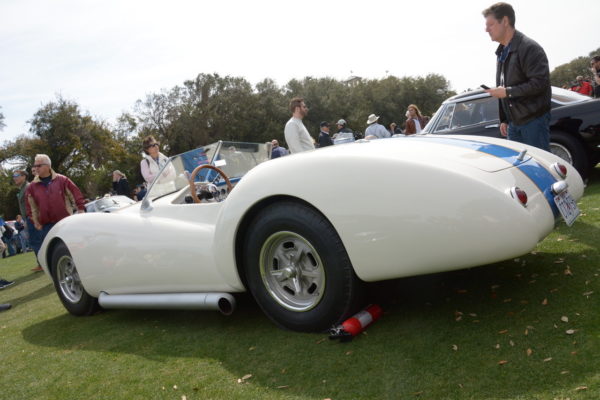
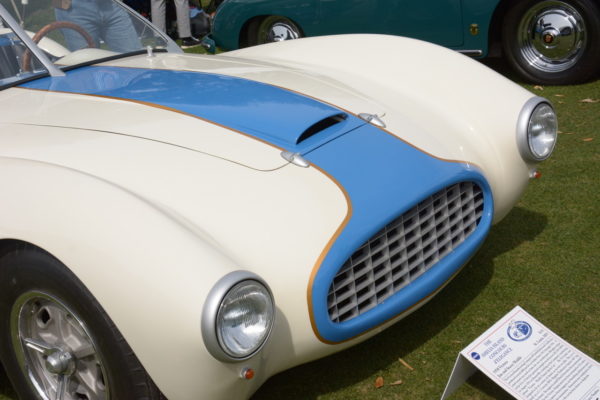

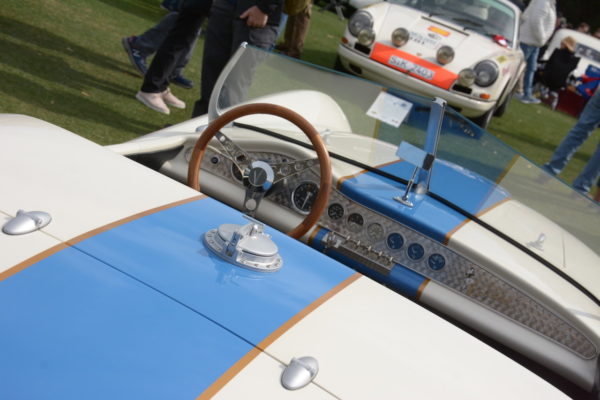
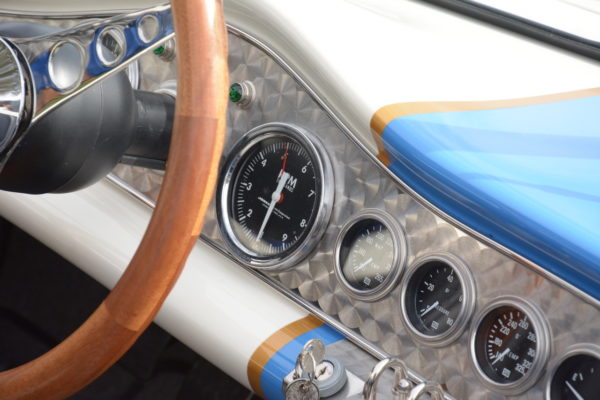
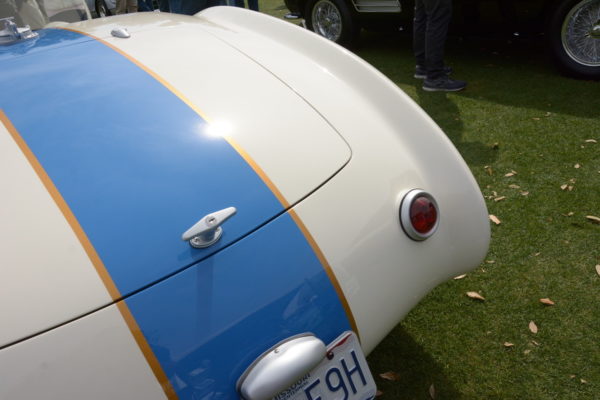
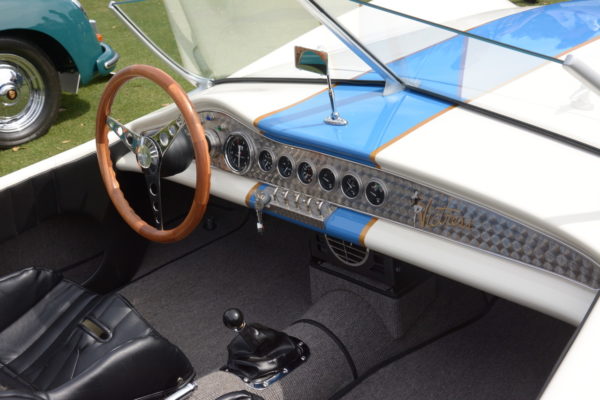
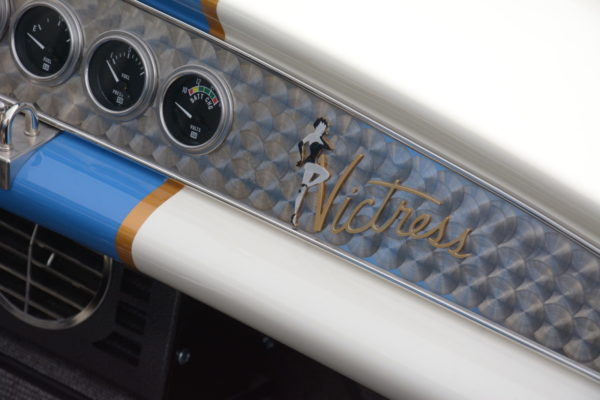
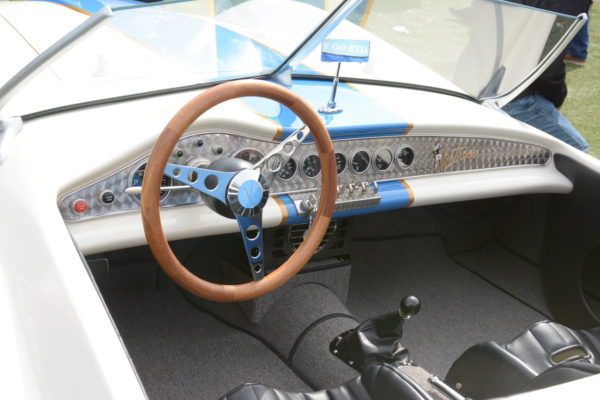
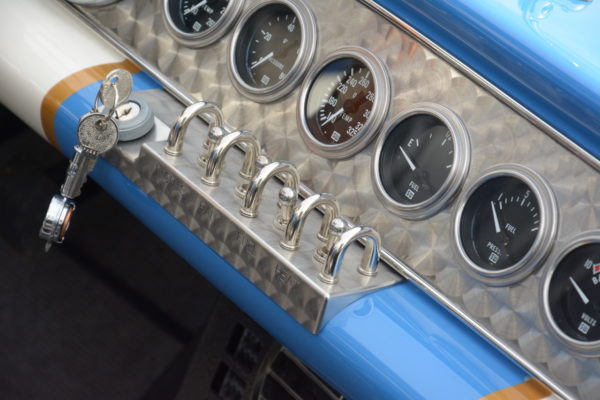
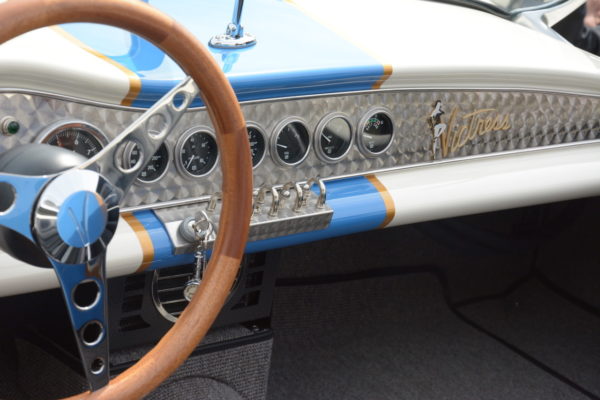
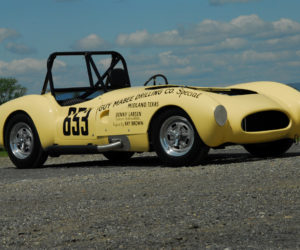
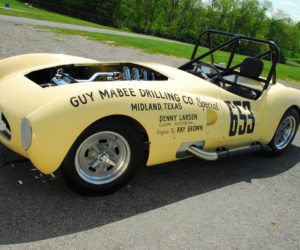
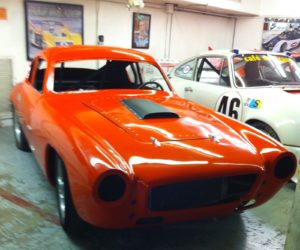
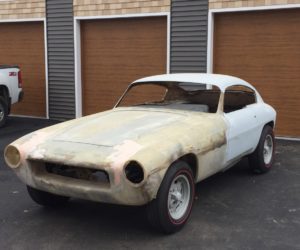
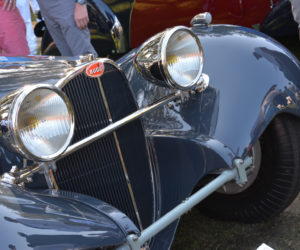
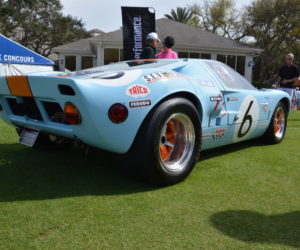




Comments for: Seen at Amelia: Victress S1A
comments powered by Disqus